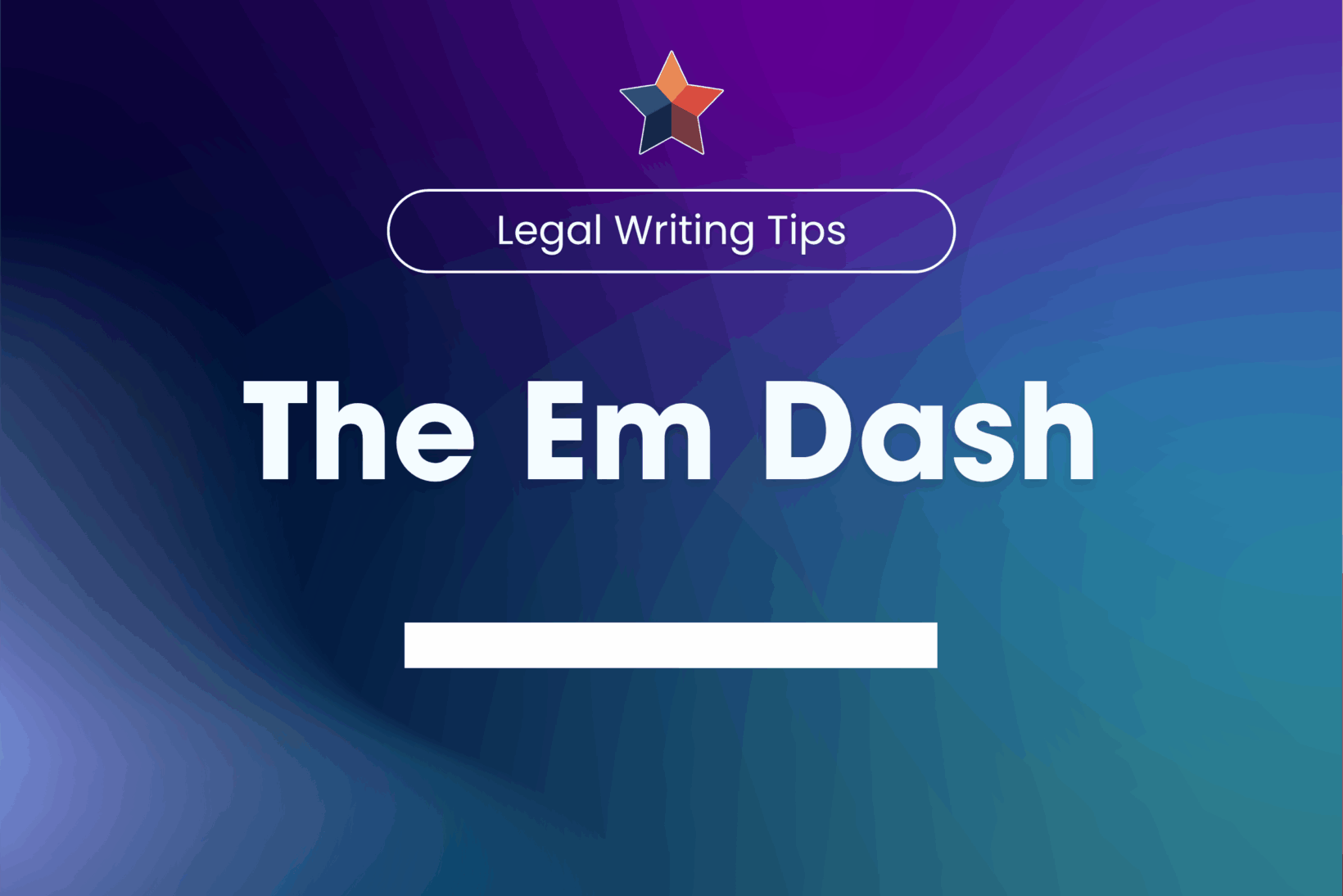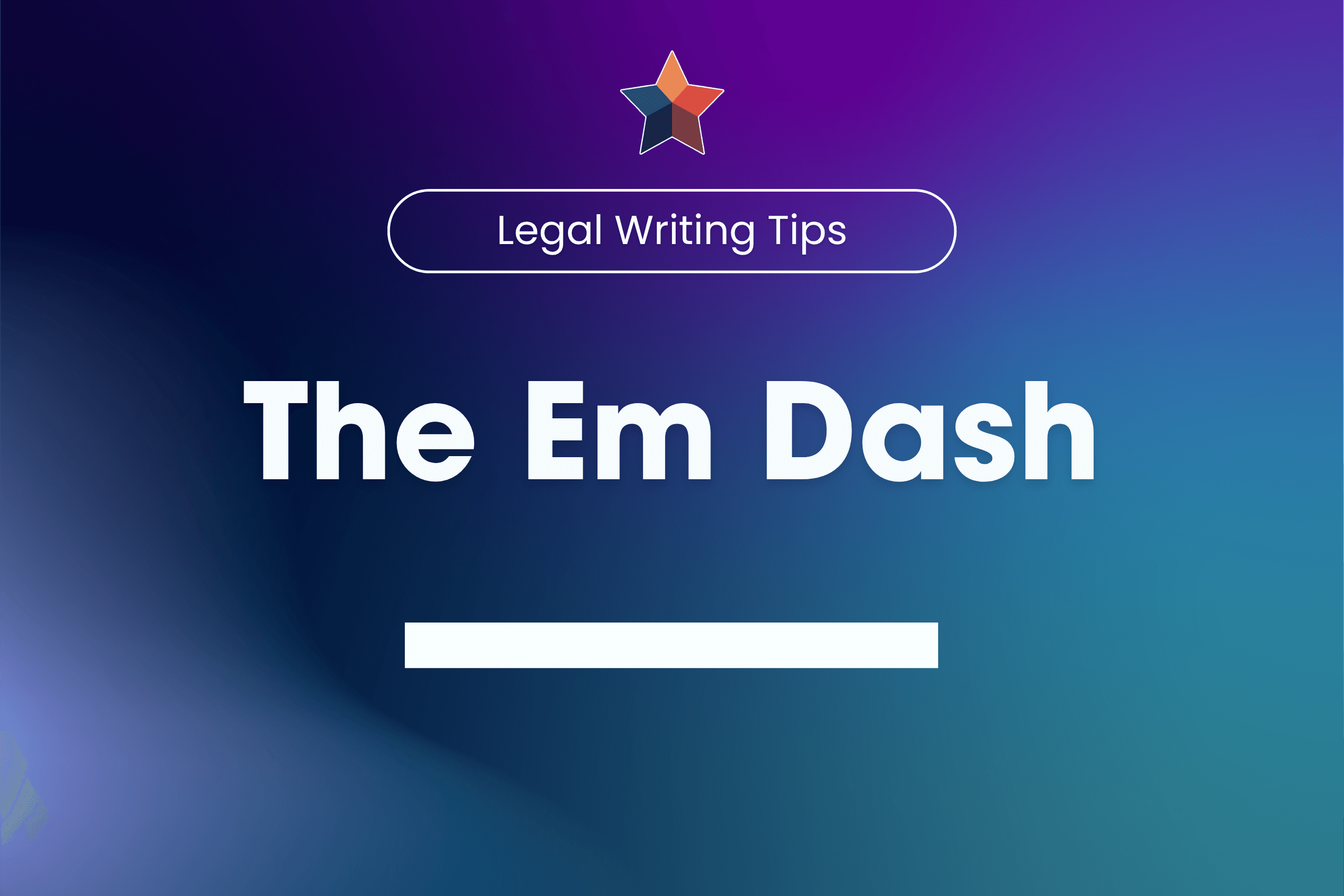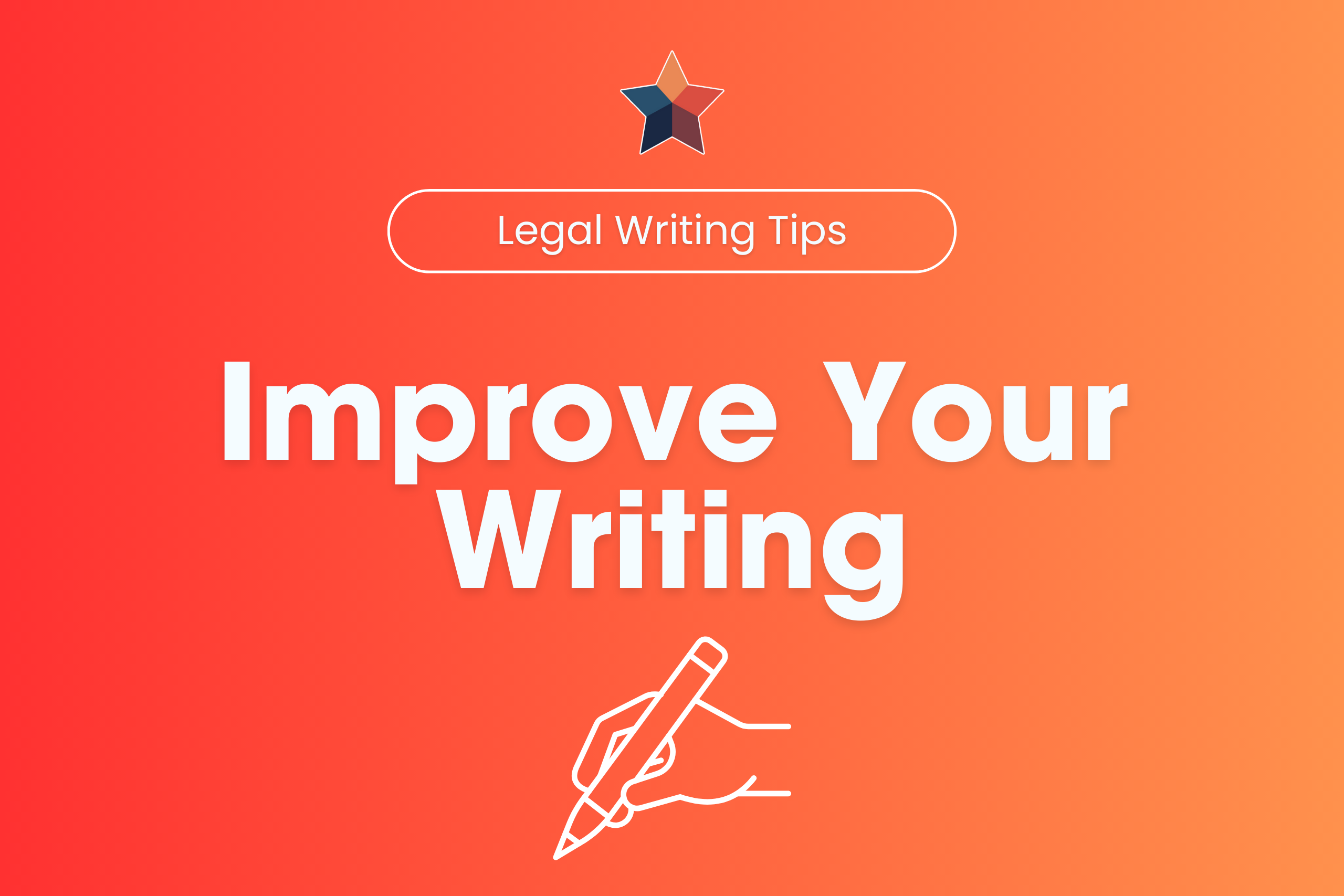A popular complaint on social media is the overabundance of em dashes in AI-generated text. This has led some readers to suspect any use of the punctuation mark, whether by people or AI. The overuse of the em dash, however, is only part of the problem; the larger issue is it being noticed at all.
In Defense of the (Skillfully Used) Em Dash
Why might any punctuation mark be consciously noticed by a reader—or any word choice or sentence structure, for that matter? With well-crafted writing, readers should intuitively engage with the ideas represented by the text and not be distracted by the mechanics of writing.
I’ll give you an example. While playing Scrabble with my wife and father one evening, I added an “M” to another word’s “E” to spell “EM.” My father challenged, and when he learned that em is in fact a word, he still objected. Despite being an avid reader, he claimed to have never seen an em dash. I pulled one of his favorite John Grisham novels off the shelf and flipped through maybe a dozen pages until I found one. My father blinked twice and stared at the page in disbelief.
The Reader’s Dream
One of the wonders of writing is that, when it’s done well, readers fall into what John Gardner calls “the dream”:
We read a few words at the beginning of the book or the particular story, and suddenly we find ourselves seeing not words on a page but a train moving through Russia, an old Italian crying, or a farmhouse battered by rain. We read on—dream on—not passively but actively.
John Gardner, The Art of Fiction: Notes on Craft for Young Writers 30–31 (Vintage Books ed. June 1991).
This happens in even the most cerebral but well-crafted nonfiction as well. We engage with an author’s ideas, arguments, and examples as if suddenly granted privy to the author’s mind rather than only through our interpretation of little black marks on a page or screen.
Are There Exceptions?
Although some authors intentionally wake readers from their dreams (with metafiction, for example), as a general rule, if em dashes or any other writing tool wakes the reader from the dream and reminds them that they are only looking at tiny marks on a page or screen, the tool wasn’t used to its best effect. This is true whether the text was created by a person or AI.
If Everything is Emphasized, Nothing Is
Writers may employ an entire workshop of tools to emphasize, de-emphasize, express irony or sarcasm, imply subtext, or simply break up an otherwise boring rhythm. This and more are the stuff of well-crafted writing.
But many of those tools are only as powerful as the rarity with which they are used. Consider a single italicized word or a single exclamation point in ten pages of text. Now imagine ten pages of text with every sentence containing two or three italicized words and every other sentence ending with an exclamation point.
What is an Em Dash?
An em dash is the longest of the three dashes (—). The shortest is the hyphen (-), and the middle one is the en dash (–).
Em dashes serve two primary purposes:
- In dialogue, em dashes indicate when a speaker stops abruptly, for example, if interrupted (“What I meant was—”). This differs from when a speaker only trails off or pauses, which is usually indicated with ellipses (“What I meant was . . .”).
- In regular text, em dashes set off content the way parentheses do, but instead of de-emphasizing text, em dashes emphasize what is set off (see “Grammar Tip: Parenthetical Content"). This is where em dashes do most of their heavy lifting.
At Texas Bar Books, We Use Em Dashes in at Least three Other Ways
- Em dashes may set off a work’s subtitle from its title (for example, Texas Pattern Jury Charges—Family & Probate, one of five books in the Texas Pattern Jury Charges series).
- As with most legal writing, we use em dashes with some case citations, such as in “Gomez v. Riddle, 334 S.W.2d 197 (Tex. App.—San Antonio 1960, no writ).”
- We also use em dashes to lead into set-off lists or block quotations when the introduction is not a complete sentence:
If directed by Lender to foreclose this lien, Trustee will—
D.1. either personally or by agent give notice of the foreclosure sale as required by the Texas Property Code as then in effect;
D.2. sell and convey all or part of the Property “AS IS” to the highest bidder for cash ... ;
1 State Bar of Texas, Texas Real Estate Forms Manual 708 (2025 ed.).
Why Does Something So (Artificially) Intelligent Fail So Miserably?
I prompted AI to write about its overuse of em dashes, and the result was AI trashing AI’s overuse of em dashes while apparently unaware that it was overusing them in that very text. It used em dashes four times in only three hundred words. All but one of those instances would have been at least as effective with commas instead, which would have given the one justified use of the em dash more impact.
AI mimics people’s writing, and a lot of us also misuse or overuse em dashes. It can be difficult to master, maybe in part because in its primary role, the em dash must simultaneously accomplish two mutually contradictory goals: it must emphasize a word or phrase but do so subtly enough that the average reader doesn’t consciously notice the mark.
What Should I Do?
It’s natural for readers to be annoyed by the overuse or misuse of any writing tool; this is especially pertinent when it comes to legal writing. Tips for mastering em dashes are the same as for any other aspect of writing:
- Read like a writer: When reading text that seems particularly effective, go back and try to figure out how the author did that. When reading something especially clumsy, try to figure out where the author went wrong.
- Have someone else proofread your work. If you must proofread your own writing, let it cool at least overnight first.
- When using AI to help draft a piece of writing, be as suspicious about AI’s word choice, punctuation, and other style issues as you are about its “facts” and citations.
- Don’t worry about what others think about your em dashes. Focus instead on using them skillfully, including saving them for when you really need that extra impact. Then most of your readers won’t even be consciously aware that you used them.
- Don’t worry about your writing getting flagged as AI-generated. Write your best, always, regardless of whether you are using spell checkers or AI as resources. The jury’s still out on where false positives and false negatives in detecting AI-generated content will lead, but skillful, accurate writing is always defensible.
See “Avoid Typos with These Four Proofreading Tips.” These strategies also work for punctuation, sentence structure, and every other aspect of writing.





 LPM Help Center
LPM Help Center